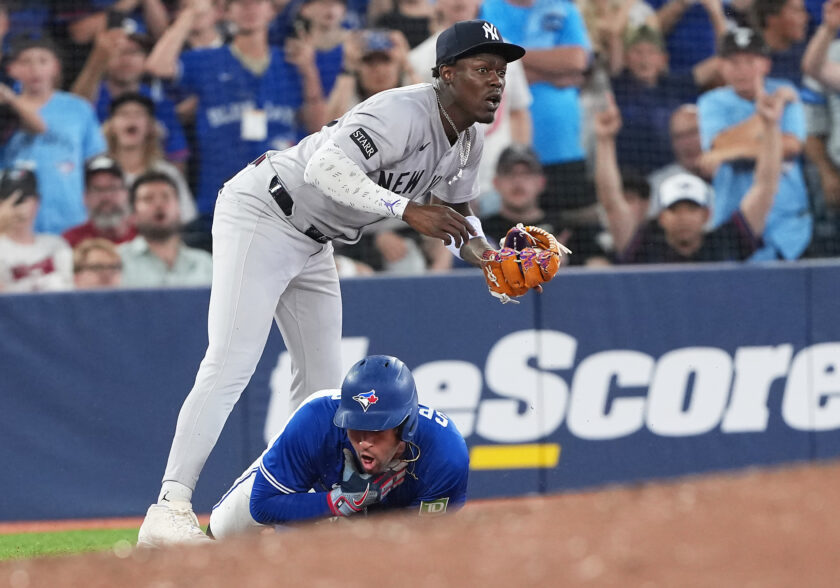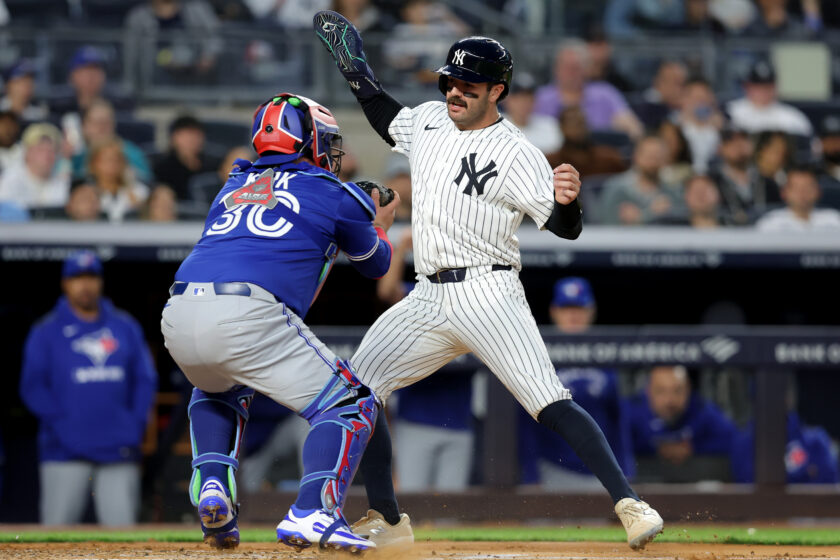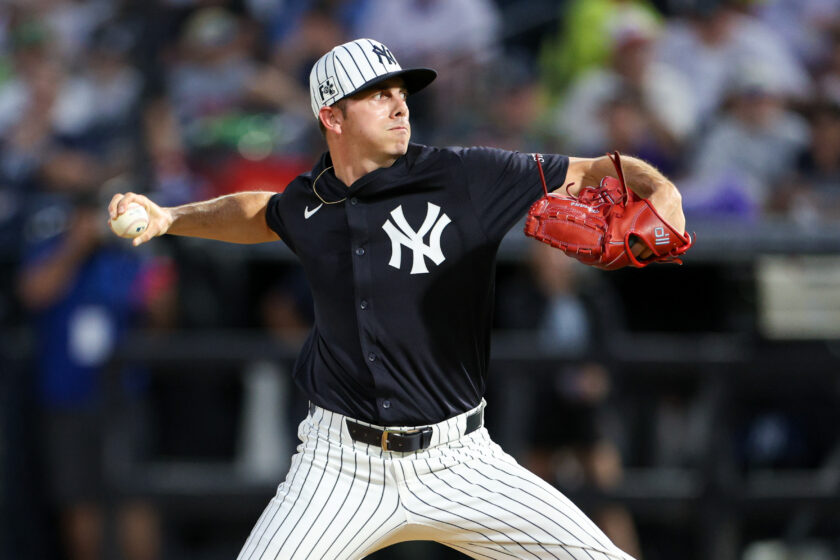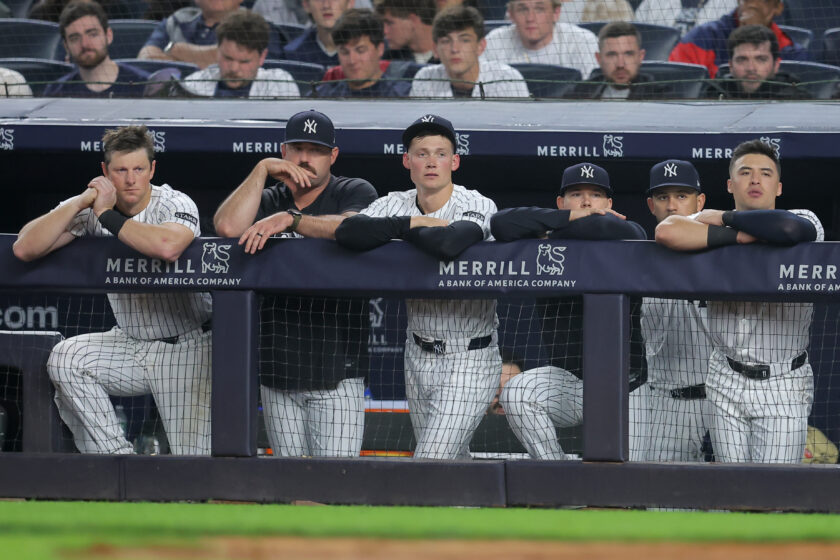It’s time for MLB to put unfair interleague play out of its misery

The novelty of interleague play has worn off and it’s time for Major League Baseball to put an end to the unbalanced schedule.
[sc name=”Justin Birnbaum Banner” ]The Chicago White Sox drew an unfair matchup Tuesday night. While its division rivals, the Minnesota Twins and Cleveland Indians, picked on last-place teams, the White Sox battled a worthy opponent – a talented club a few bullpen pieces away from being a playoff contender – the Washington Nationals.
Why should Chicago have to face a tough NL team when the Indians, who are 1.5 games ahead in the AL wild-card race, get to exploit a mismatch with the mediocre Cincinnati Reds?
Major League Baseball needs to kill, or at least tone down, interleague play. The constant crossover between baseball’s two leagues creates an uneven playing field.
Starting in 1997, MLB threw out its long-standing tradition of keeping its leagues separate and held the first regular-season matchup of interleague play with a series between the San Francisco Giants and Texas Rangers. In the wake of the 1994-95 MLB strike, acting commissioner Bud Selig sought to raise fan interest and generate new revenue streams, according to The New York Times. Even though interleague play started as an experiment, Selig expressed confidence in 1996 that it would continue to be a part of baseball going forward.
According to research from The Ringer’s Zach Kram however, the novelty of interleague play has worn off. After the Houston Astros joined the AL in 2013 and evened both leagues off at 15 teams each, attendance for interleague games has fallen. Between the periods of 1999-2012 and 2013-2016, attendance of interleague rivalry matchups (such as Mets-Yankees or White Sox-Cubs) dipped by 13% and overall interleague attendance fell by 7%. The cause could be MLB’s reduction of weekend interleague games after 2012, but the general message is clear. National League fans aren’t any more likely to come to the ballpark to see American League clubs and vice versa.
Now, all interleague play does is dilute the playoff race. Teams competing for division crowns or wild card berths within their own league should not have these races skewed by the opposing league.
In 2018, the Chicago Cubs and Milwaukee Brewers took the battle for the NL Central crown to Game 163, and Milwaukee ultimately prevailed in a one-game playoff. But on the last weekend of the season, the Brewers played their way into a tie for the division after sweeping the putrid, 64-win Detroit Tigers. On that same weekend, the Cubs had to face the 88-win St. Louis Cardinals and dropped a game. Milwaukee received a gift in the form of a late-season matchup against Detroit, which ended up being a deciding factor in the NL Central race.
[sc name=”MLB Center”]Because both leagues play under different rules (the use of the designated hitter), the crossover is exacerbated. American League teams carry an extra position player purely on offense with no consideration for defensive aptitude. Any time the Boston Red Sox crossed over to play an NL club while David Ortiz was still playing, he became a liability in the field. Also, the lack of a designated hitter puts AL pitchers at risk as they’re not conditioned to swing the bat or run the bases. Former New York Yankees starting pitcher Chien-Ming Wang saw his career fall apart after sustaining a freak foot injury while running the bases during an NL-hosted game in Houston. As long as both leagues have different rules, it’s hard to justify the two coming together outside of the postseason.
The positives of interleague play are apparent. A fan living in Atlanta would have no other way to see Mike Trout play if the Los Angeles Angels of Anaheim never came to town. Interleague play also breaks up the dullness of seeing the same teams in one market, offers exciting crosstown rivalry matchups and potential World Series rematches. But as The Ringer’s Zach Kram’s research demonstrated, interleague attendance is still dropping even if star players are appearing in new markets. Plus, MLB TV gives fans access to watch any player or any team in any market.
Because there are 15 teams in each league, one AL club is always facing one NL club during the regular season. One solution is to expand to 32 teams or 16 in each league, which seems inevitable for MLB. In some cases, funds and land have already been allocated for potential expansion teams. Commissioner Rob Manfred has expressed interest in adding two teams, saying it would be “great for the sport” and revealed his office has explored Portland, Charlotte, and several other cities for expansion, according to Sports Illustrated’s Khadrice Rollins.
For the sake of fairness, MLB teams should compete on a level playing field within their own league. While breaking tradition and introducing interleague play created exciting matchups, it’s time to protect the integrity of the game.
[sc name=”Generic Link Next” link=”https://elitesportsny.com/2019/06/14/new-york-mets-news-pete-alonso-responds-to-twitter-criticism/” text=”Pete Alonso Fires Back At Criticism On Twitter” ]A former disciple of Stan Fischler. IBWAA member. Bylines at Baseball Prospectus Mets, Elite Sports New York, and my own creation: Baseknock MLB. Formerly Amazin' Avenue of SB Nation. Proud UAlbany Alum.






